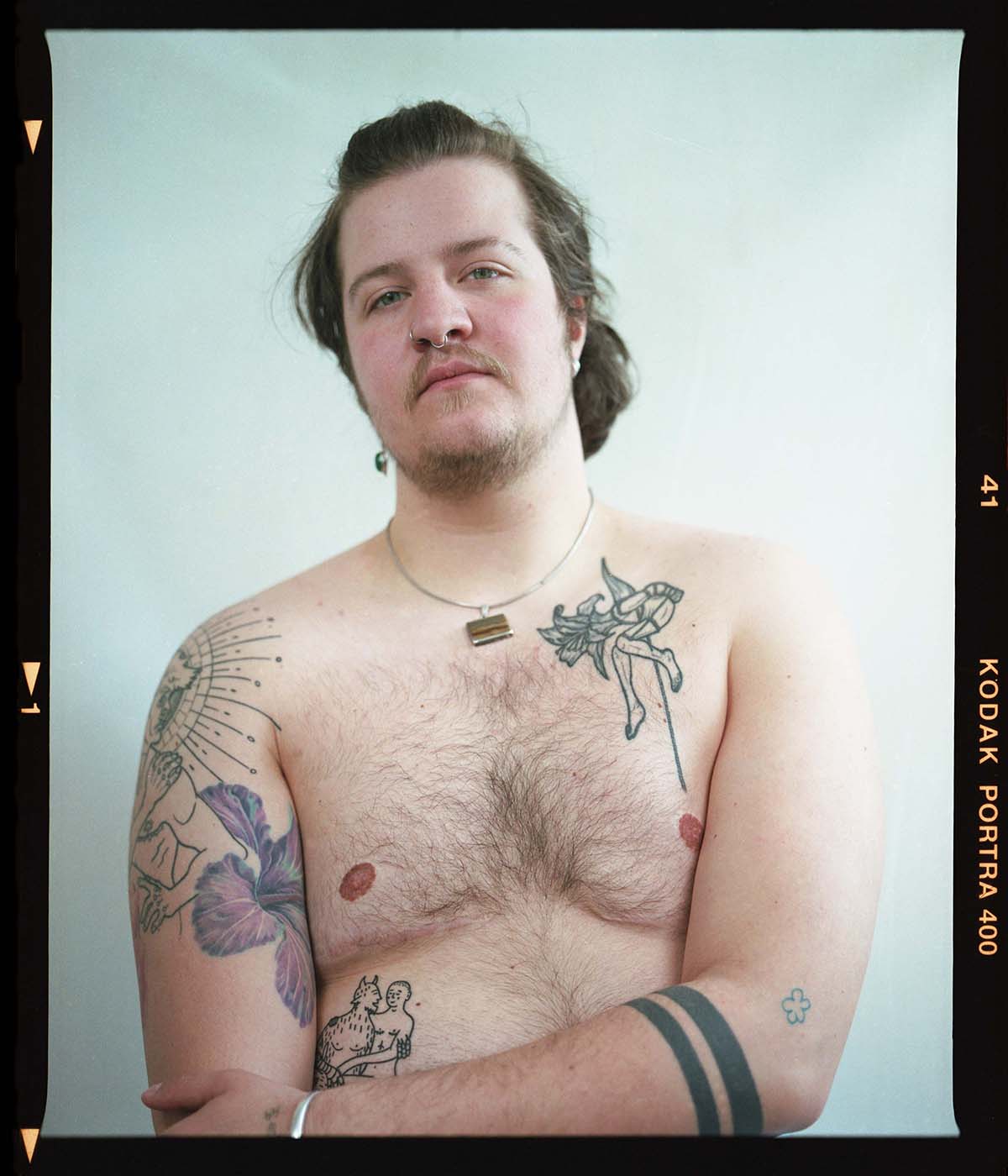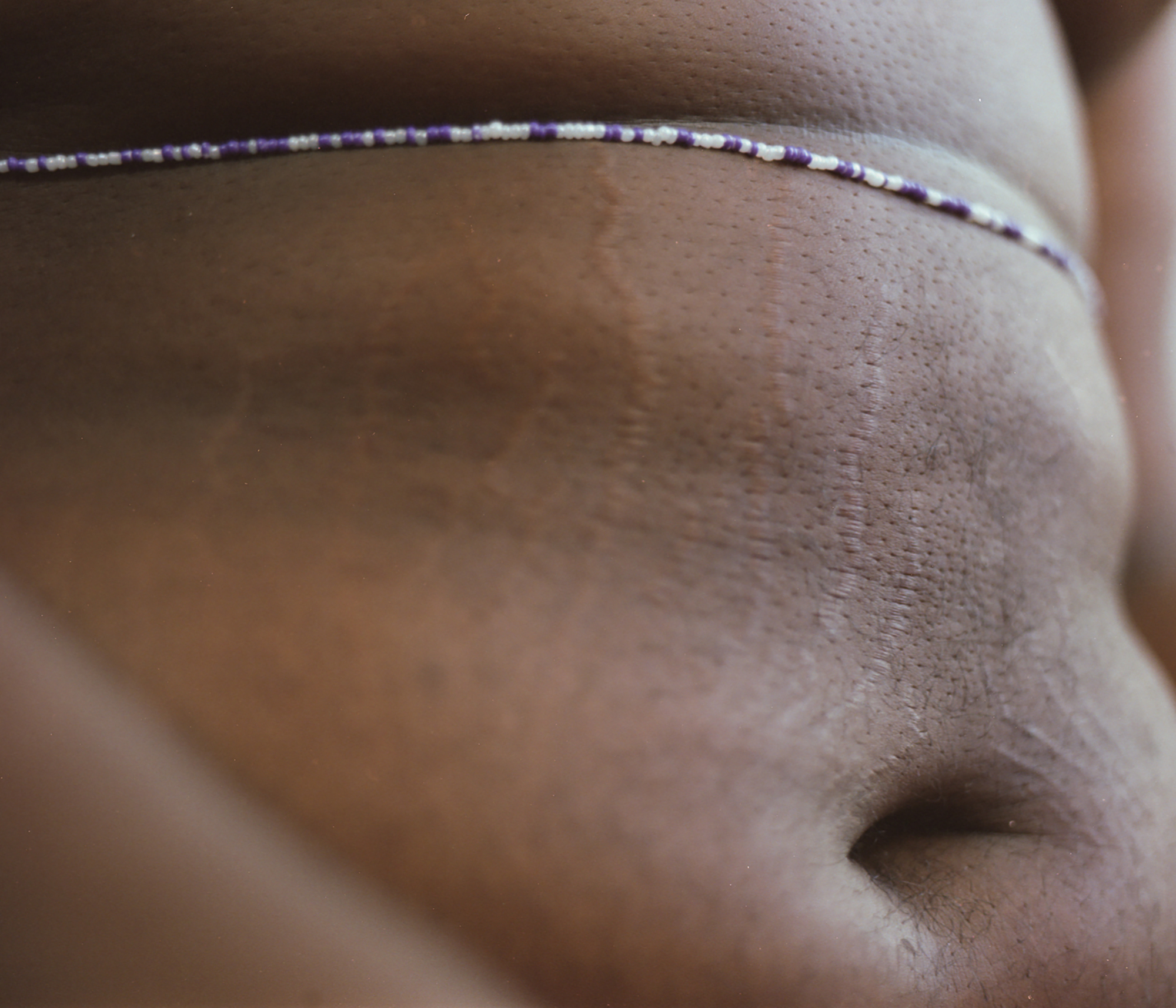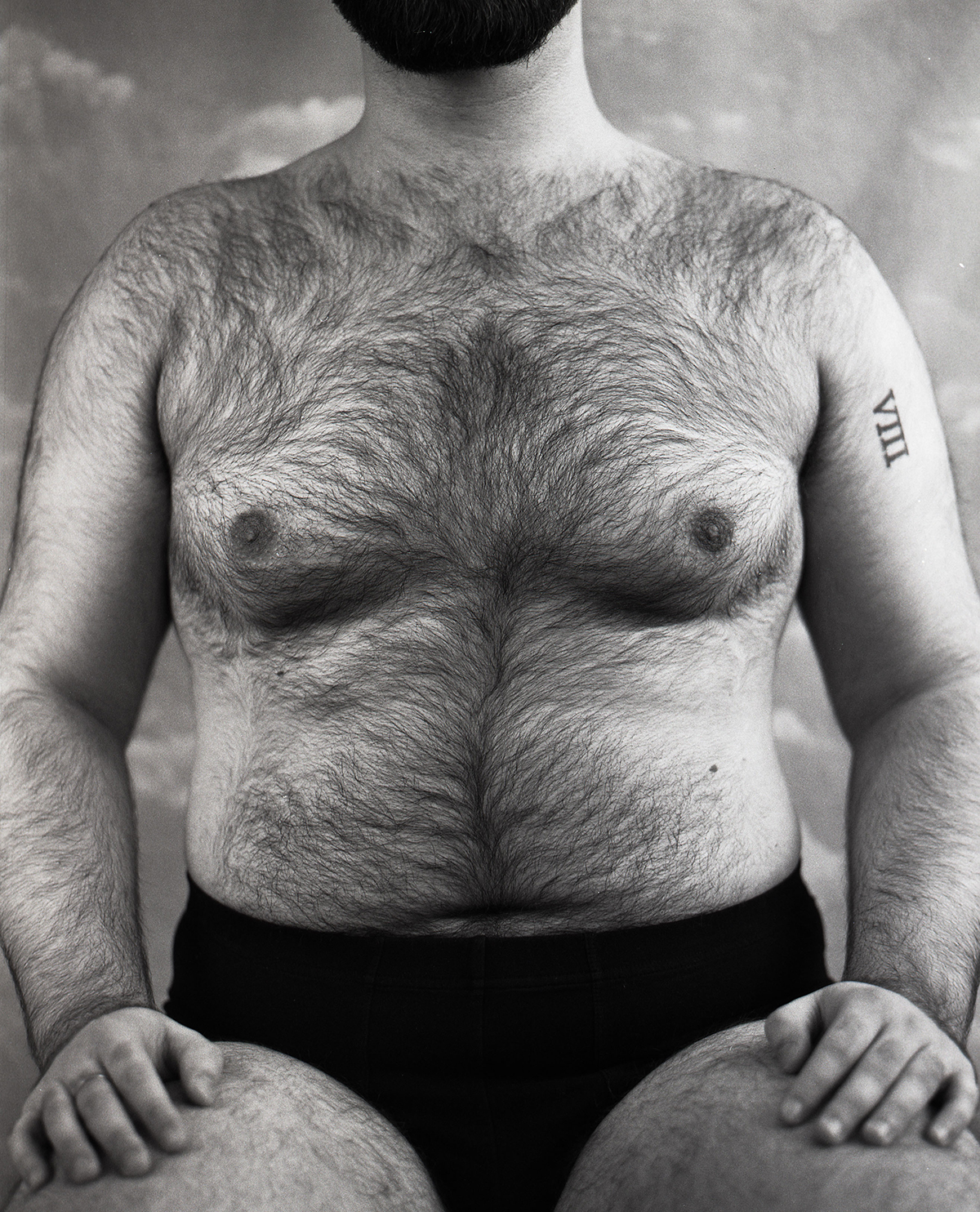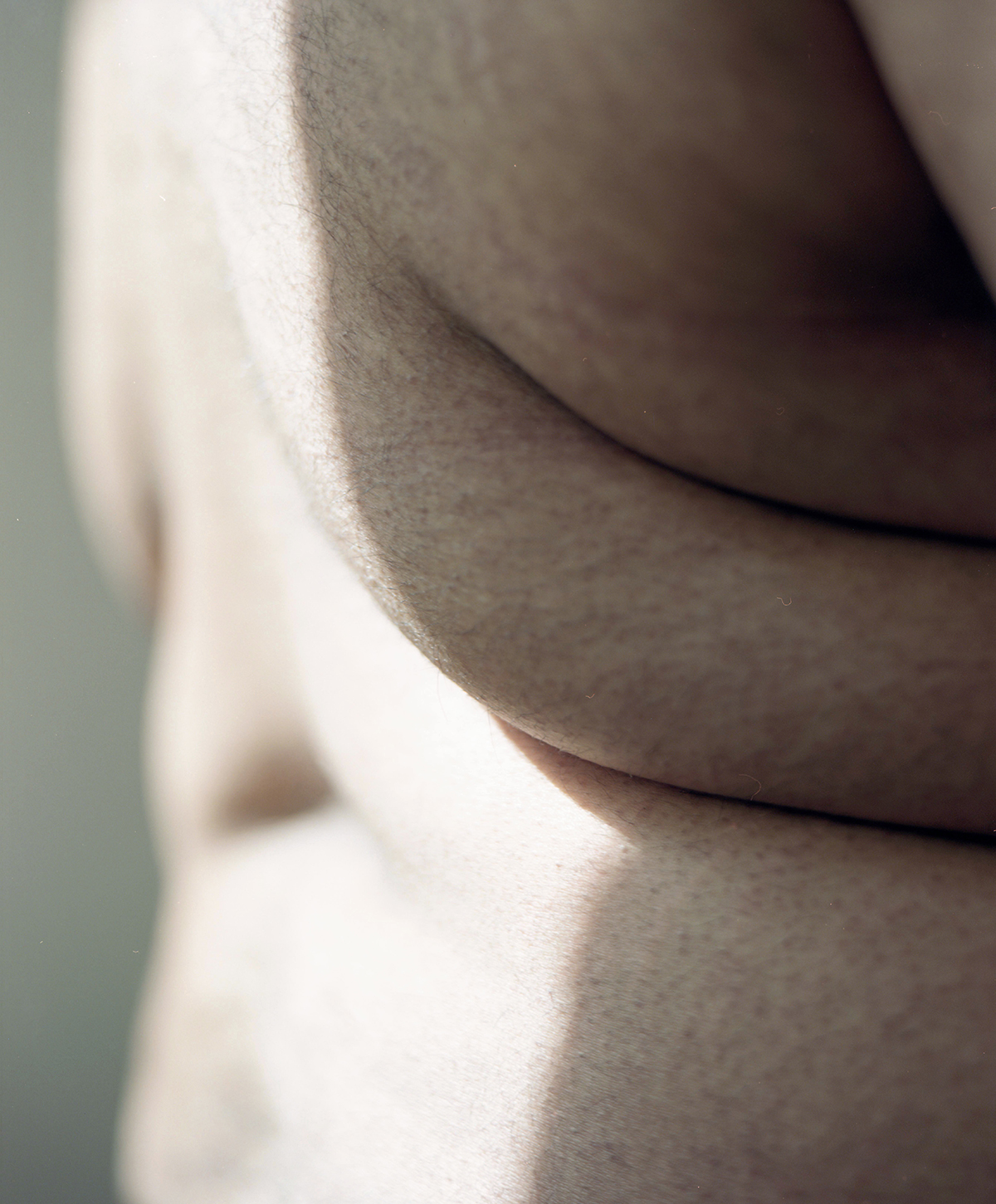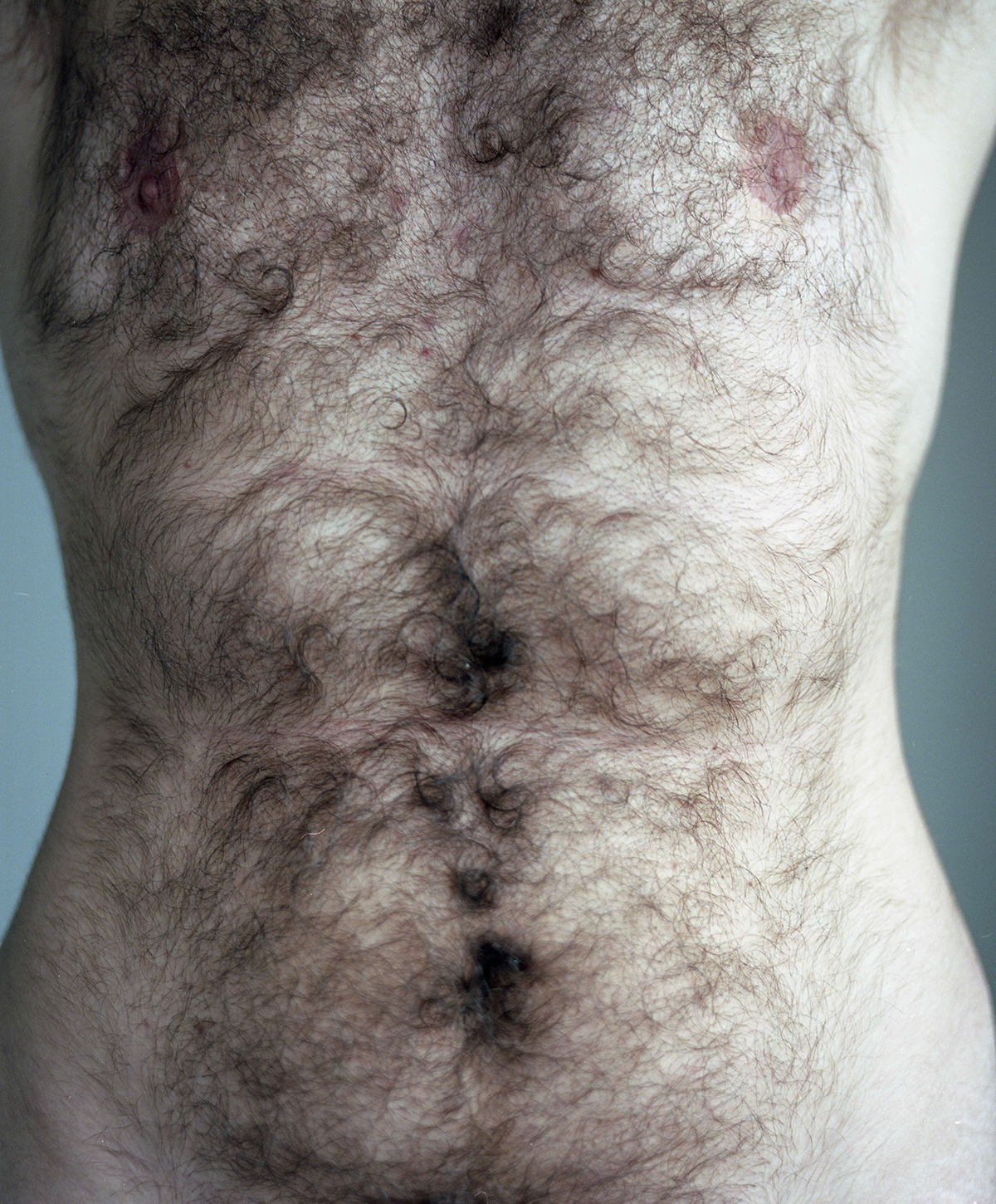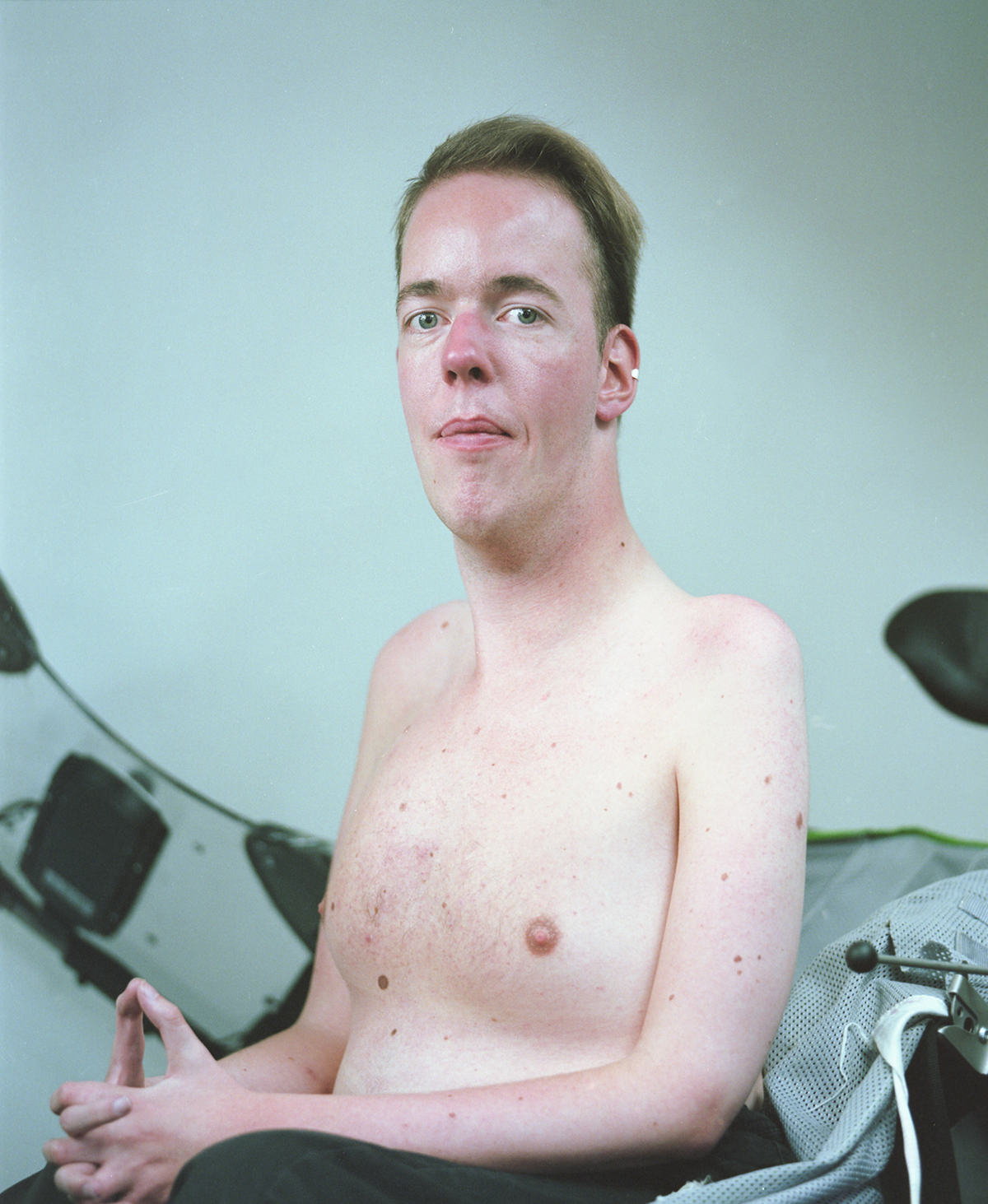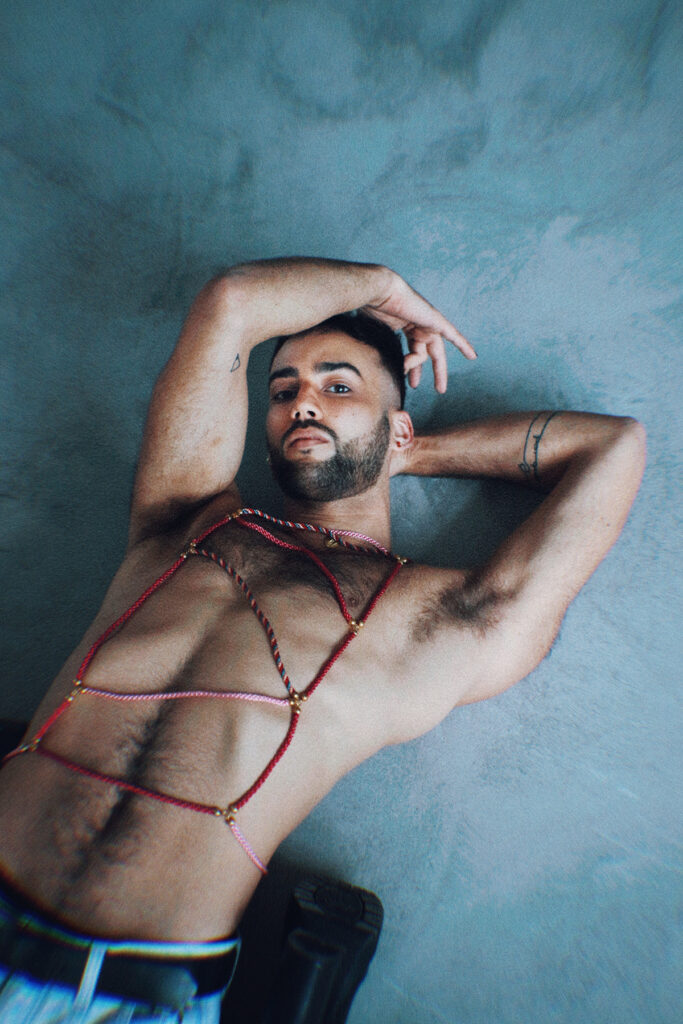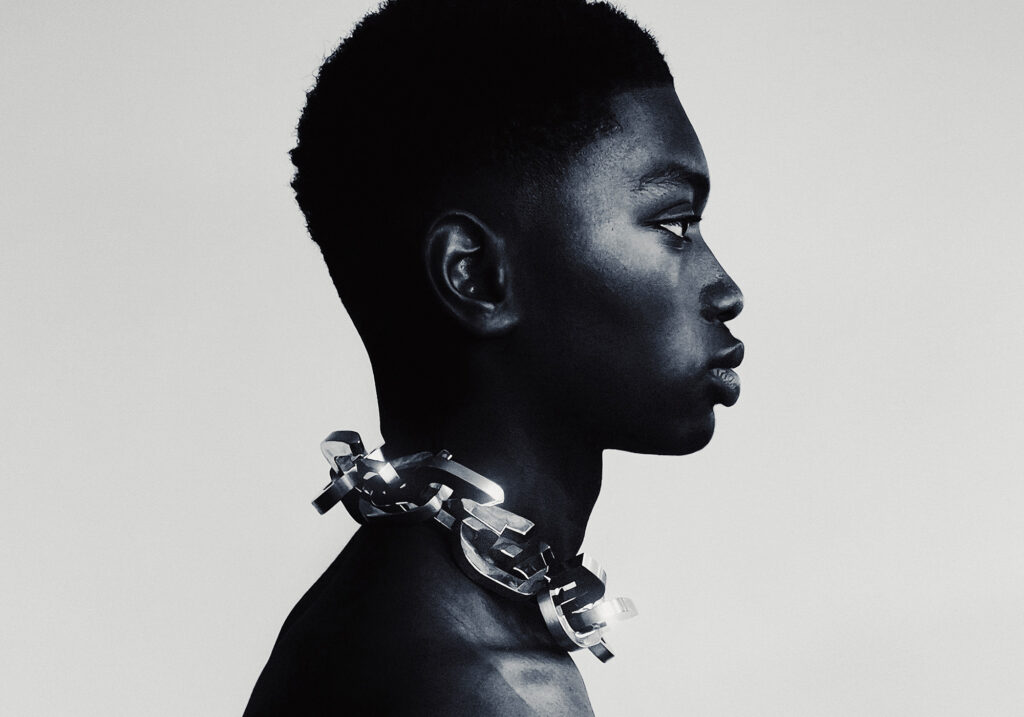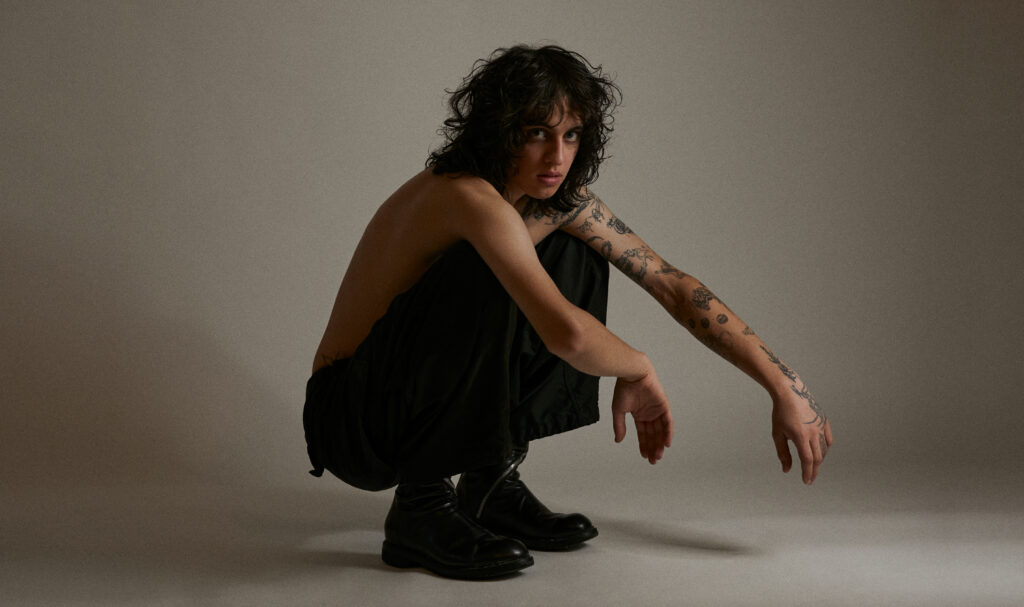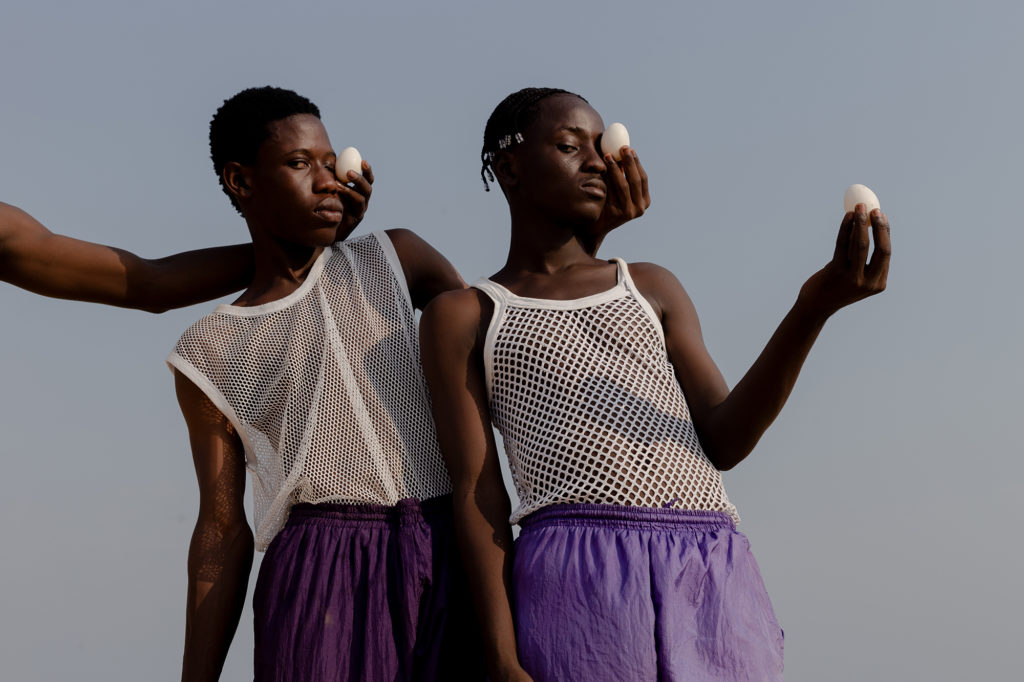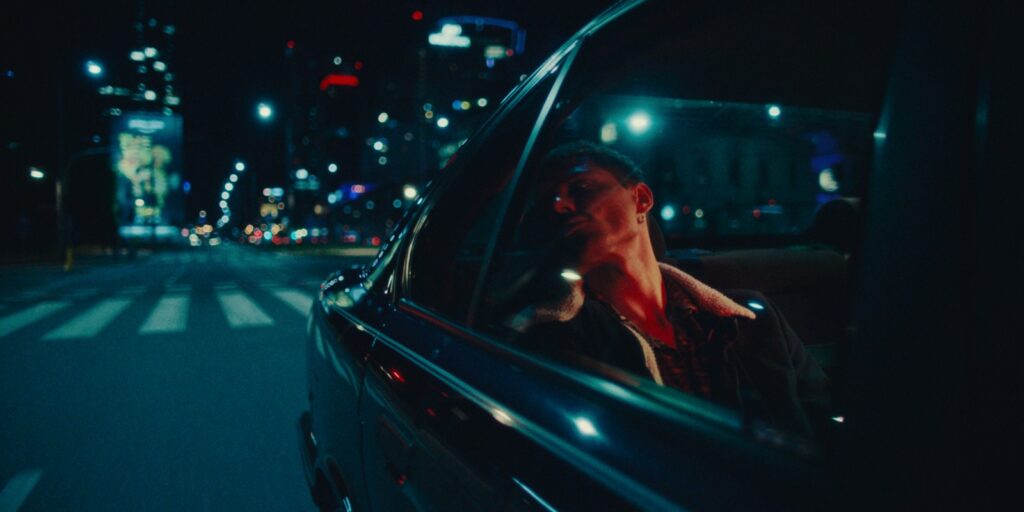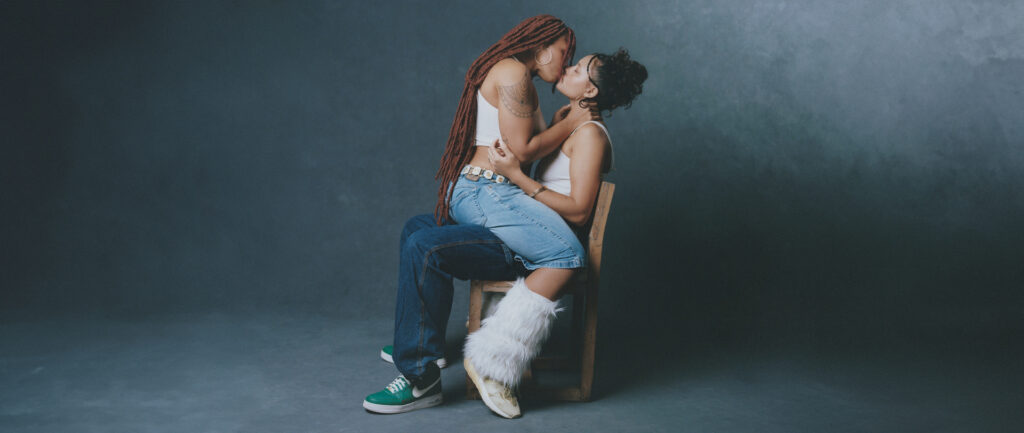Jesse Van Den Berg: Unexplored Territories
Artist Jesse van den Berg
Words Tom Czibolya
“The more people I’ve talked to, the more photos I took, the more I learned about the diversity of queerness” – Jesse van den Berg is a non-binary photographer based in the Netherlands. They’re on a mission putting the spotlight on people who miss representation even within the the queer communinity. We sat down with Jesse to talk about the challenges of portraying intimacy, the process of unlearning inhibitions and a brand new approach towards non-binary identity.


You’re using a lot of close-ups in your artworks. What makes you fall in love with the shapes of a body?
I was very prude as a child. Until the age of ten or eleven, I used to always shower with my swimming trunks on. My relationship with my body and the naked body in general was rather unconventional. Later in life I had to unlearn these inhibitions of mine about nudity.
I think it is because of this discomfort that I developed a certain fascination and admiration towards the people who feel comfortable in their skin and in front of my camera. People who are able to live so freely.
Also, being so close to someone, the fact that others trust me enough to let me into their worlds means a lot to me.
What is the most challenging part of earning the trust of the people that you photograph?
I wouldn’t say it’s much of a challenge. It all comes down to communication. I’m always very open minded, I’m not able to lie and I’m not someone who likes smalltalk. With my models, we have online or offline meetings before every photoshoot. When on set, we always find some time to drink a cup of tea or have lunch together before we’d do anything. These sound like little things, but they can make a huge difference.
I always let my models decide on a lot of things, starting with the way they want to be portrayed: I always ask if there is a specific part of their bodies or an angle that they feel confident about. If they don’t like a photo, I delete it. I think communication and giving a lot of power to my models are essential for gaining their trust.
How do you choose your models?
It depends. Nowadays I’ve got models contacting me, but in the beginning I reached out to people that I already knew or at least met online. And the more people I’ve talked to, the more photos I took, the more I learned about the diversity of queerness.
I did my masters on queer representation in the mainstream media and queer diversity and inclusivation was part of my research. There are a lot of people who are missing representation.
A friend of mine – who is a trans man – told me that he’s facing a lot of discrimination on Grindr only because he is very hairy. To him, his body hair is very valuable, an important masculine feature, but he received a lot of hate because of that. Or there is another friend who’s in a wheelchair. There is no one talking about intimacy in between queer people in wheelchairs. And these are just a couple of the many examples, how under-or misrepresentation can lead to discrimination or the feeling of being left-out even within the queer community.
Do you think it’s an artist’s task to provide some sort of comfort to people?
To me, it is. I wouldn’t take it as an universal answer though, but when you are working on materials that are supposed to look and feel intimate, providing comfort is the single most important thing you can do.
And yes, in general the relationship between artist and the people they work with should be comfortable and ethical.
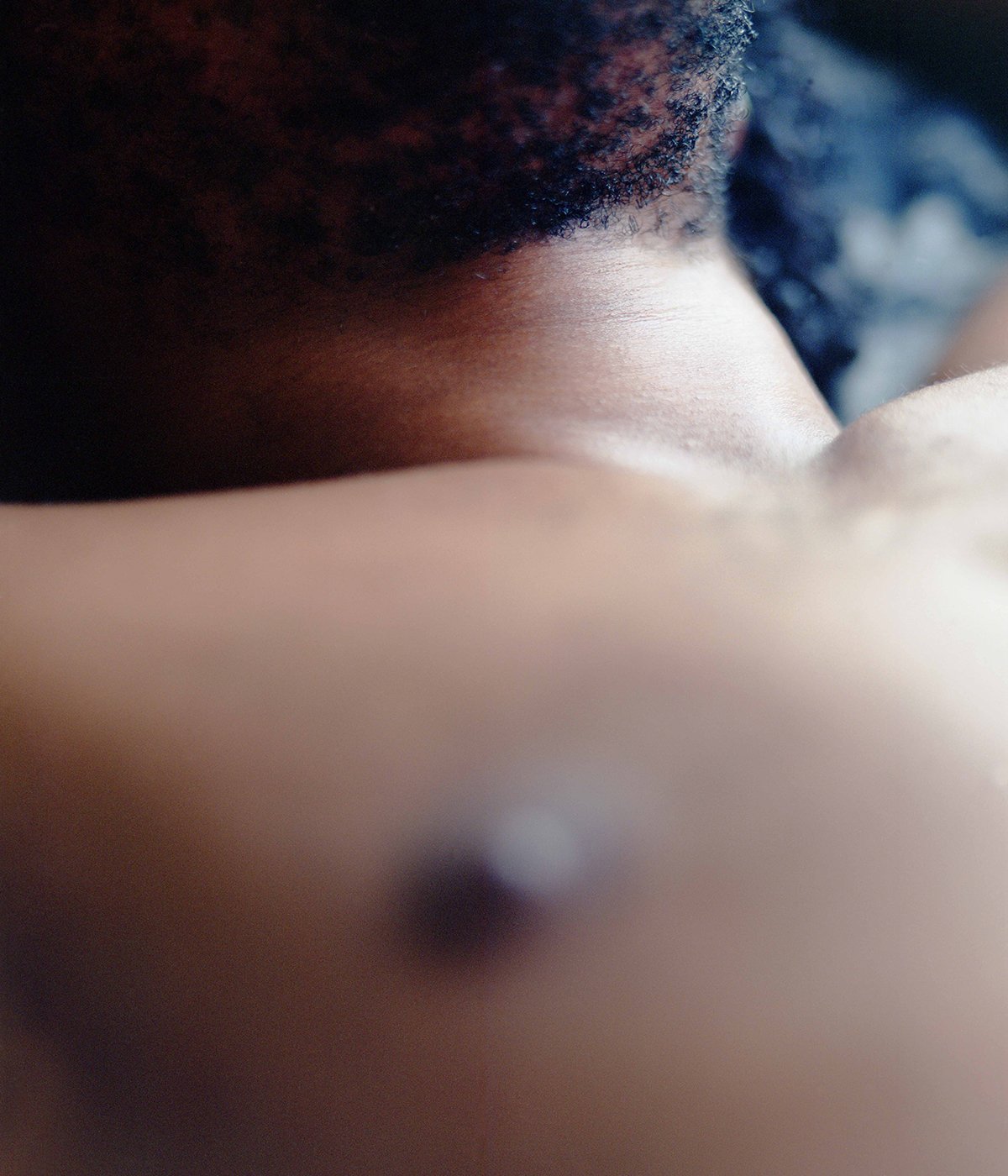

What was the farest that you were willing to go for a shot?
I don’t have a specific aesthetic that I want to fight for. My work mostly relies on my models and their personalities, therefore I can’t really think of a moment when I had to pull a lot of effort to create something specific.
Where does your visual comfort zone end?
I have my own photo diary for which I take pictures of myself with an analog, compact camera. Although these images tell a story of a different kind of intimacy, I might never publish them, only because I am the object of them. I feel like this is part of my photography that I don’t feel comfortable with yet.
How difficult of a process was it for you coming to terms with your own identity as an artist and as an individual?
I think in this case my artistic practice helped me develop my own identity as an individual. Through my art I met and had conversations with people that I’d never have known if it wasn’t for my photographic research about queerness. So I would say that this process wasn’t necessarily difficult but that art was a way to get to know myself more in a very safe and comfortable way. I feel like my art is so personal that it goes hand in hand with the person I am at this moment.
What is the most difficult thing about explaining to someone what non-binary means?
For a long time I thought of myself as a man. I was born as a man with a masculine body, my gender expression is masculine, I have facial hair, I wear clothes that match the masculine norms. Yet I never felt very connected to the thought of being seen as a man.
The definition of non-binary people has been simplified for too long to looking androugenous. But the truth is that there’re a lot of people who feel comfortable with their very masculine or very feminine gender expressions, yet are very passionate about their non-binary identity.
Honestly, sometimes I wish to deny that gender even exists. But I feel that you still have to explain yourself to other people.
If you could tell one thing to your teenage-self what would that be?
My teenage years were more about unlearning than learning stuff, really. Maybe I would tell myself to have trust in my feelings and accept the fact that a lot of things just need time to happen. You don’t have to be in a specific place at a specific moment. And it’s completely okay to give yourself time to figure out a feeling, to figure out life.
